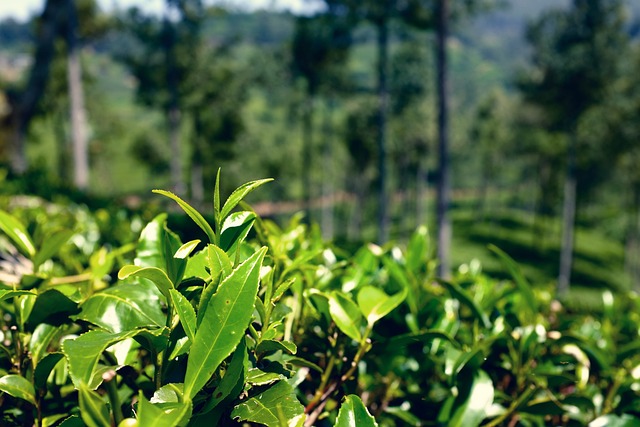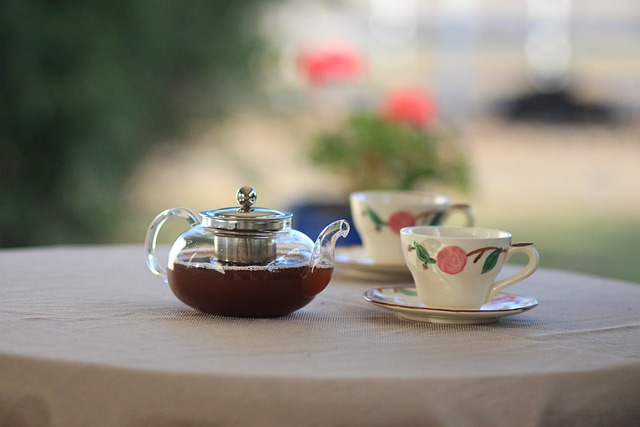Explore the Rich History and Cultural Significance of Tea Cultivation in Sri Lanka
A Land Steeped in Stories
Sri Lanka’s undulating topography and diverse micro-climates make it the perfect land to host richly varied tea calibres, from the full-bodied bronze maltiness of the lower regions to the refreshing sunset-hued liqueur of highland plantations.
Sri Lankan Tea Culture
A heritage from the British colonial era, the first tea plant flourished in Lanka at the Peradeniya Royal Botanical Gardens in 1894, and a visionary Scotsman, James Taylor, founded the Ceylon tea industry in 1867 from the picturesque Loolecondera Estate in the storybook hill city of Kandy. Now exporting 350 million kilograms per year, Ceylon tea is celebrated for its premium quality and range of flavours and types.
High-grown Tea
Whether it’s the flowery pekoes of Nuwara Eliya plantations, the rose-tinted Uda Pussellawa harvests, or the addictive jasmine and cypress notes derived from Dimbula brews, these refined hill-grown trees are known for their playful fruitiness yet surprising depths of piquancy. From Pedro Estate to Damro tea factory, you can tour the vibrant tea plantations and observe the plucking and processing of tea leaves.
Low-lying Estates

The dense plantations of Lanka’s lower elevations are known for their captivating hints of caramel and brooding palatable richness. If you’re looking to purchase top-quality Ceylon tea in Sri Lanka, venture no further than the likes of Anverally & Sons.
Mid-grown Flavours
From the burst of flavour springing from Kandyan black tea to the more subdued yet uniquely pungent infusions from the Uva province, these tea varieties lushly growing in emerald terraces are irresistible to even the most blasé of tea connoisseurs. Don’t forget to visit the fascinating tea museum in Hanthana for insights into old-school, tea-making practices.
Related posts
Archives
Categories
- Appetizers (9)
- Arab (37)
- Bars (28)
- Burmese (6)
- Café (19)
- Casual Dining (20)
- Chinese (33)
- Coffee House (26)
- Desserts (12)
- Destination Dining (272)
- Diner (13)
- Family Restaurants (46)
- Fast Food (43)
- Fine Dining (494)
- Food Facts (161)
- Healthy Food (69)
- Hong Kong (10)
- Indonesian (15)
- Italian (2)
- Japanese (11)
- Main Dishes (34)
- Maldivian (59)
- Miscellaneous (4)
- Miscellaneous Topics (336)
- Palate (45)
- Recipes (60)
- Restaurants (171)
- Sea Food (64)
- Singaporean (24)
- Sri Lankan (58)
- Steaks & Grill (41)
- Street Food Stalls (121)
- Thai (76)
- Types of Cuisines (101)
- Vegan (35)
- Vegetarian (6)
- Vegeterian (25)
- Vietnamese (20)
- Western (10)

